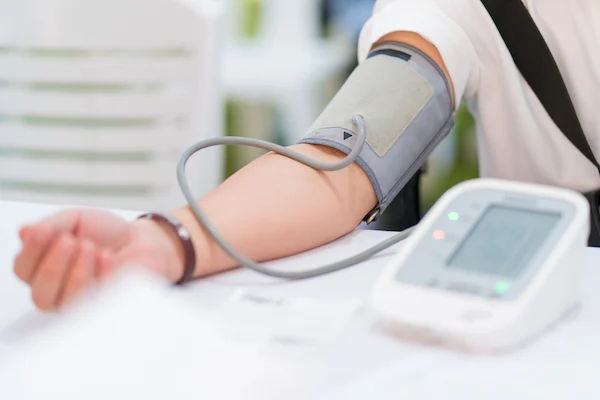Cycling for Weight Loss Strategies
know all about cycling for weight loss, why it is best and how to use cycling for weigh loss, who should avoid it and more.

Written by Dr. J T Hema Pratima
Reviewed by Dr. Mohammed Kamran MBBS, FIDM
Last updated on 6th Aug, 2025

Introduction
Losing weight can feel like a challenging journey, but incorporating cycling into your routine can make it enjoyable and sustainable. Cycling is a low-impact, high-reward exercise that helps burn calories, improves heart health, and strengthens muscles—all while being gentle on your joints.
Whether you're a beginner or an experienced rider, cycling can be a great way to shed extra
pounds while having fun.
Health topic carousel:
Doctor's speciality: general practitioner
Text: Consult a Top general practitioner for the best advice
Why Cycling is Great for Weight Loss?
1. Burns Calories Effectively
Cycling is an excellent calorie-burning exercise. Depending on your speed and intensity, you can burn anywhere from 300 to 600 calories per hour.
The more consistently you ride, the more calories you’ll burn, helping you create a calorie deficit necessary for weight loss.
2. Boosts Metabolism
Regular cycling increases your metabolic rate, meaning your body continues to burn calories even after you’ve finished riding.
This effect, known as the afterburn effect (EPOC), helps with long-term weight management.
3. Low-Impact and Joint-Friendly
Unlike running or high-intensity workouts, cycling is gentle on your knees, hips, and ankles.
This makes it a great option for people with joint pain or those recovering from injuries.
4. Builds Muscle and Improves Endurance
Cycling engages major muscle groups—legs, glutes, and core—helping you tone up while losing fat.
Stronger muscles improve your overall fitness and endurance, making daily activities easier.
How to Use Cycling for Weight Loss?
1. Start Slow and Build Consistency
If you're new to cycling, begin with 20-30 minute rides at a comfortable pace, 3-4 times a week. Gradually increase duration and intensity as your stamina improves.
2. Mix Up Your Workouts
Steady-State Cycling: Maintain a moderate pace for longer rides (45-60 minutes) to burn fat.
Interval Training: Alternate between high-intensity bursts (30-60 seconds) and recovery periods (1-2 minutes) to maximise calorie burn.
Hill Cycling: Riding uphill challenges your muscles and boosts calorie expenditure.
3. Track Your Progress
Use a fitness tracker or cycling app to monitor distance, speed, and calories burned. Setting small goals (like increasing distance by 5% weekly) keeps you motivated.
4. Combine with a Healthy Diet
Weight loss is 80% diet and 20% exercise. Pair cycling with a balanced diet rich in:
Lean proteins (chicken, fish, tofu)
Whole grains (oats, quinoa, brown rice)
Fruits & vegetables (for fibre and nutrients)
Healthy fats (nuts, avocados, olive oil)
Avoid sugary drinks and processed foods to maximise results.
Tips for Better Results
The tips for better results include:
Stay Hydrated – Drink water before, during, and after rides.
Warm Up & Cool Down – Prevents injuries and muscle soreness.
Use Proper Gear – A well-fitted helmet and comfortable cycling shorts enhance safety and comfort.
Join a Cycling Group – Social support keeps you accountable and motivated.
When to Consult a Doctor?
While cycling is safe for most people, consult a doctor if you:
Have heart or lung conditions
Experience joint pain or injuries
Feel dizzy or excessively fatigued during rides
Final Thoughts
Cycling is a fun, effective, and sustainable way to lose weight while improving overall fitness. Whether you ride outdoors or use a stationary bike, consistency is key. Start small, stay committed, and enjoy the journey to a healthier you!
Health topic carousel:
Doctor's speciality: general practitioner
Text: Consult a Top general practitioner for the best advice



.jpeg)
